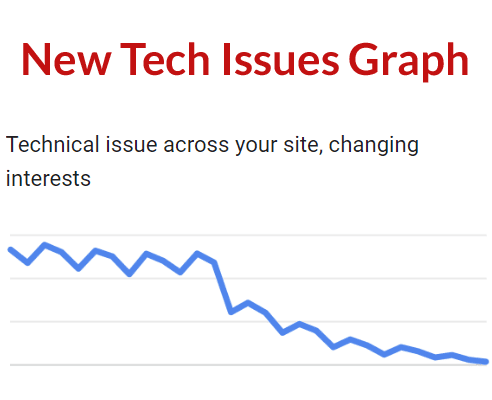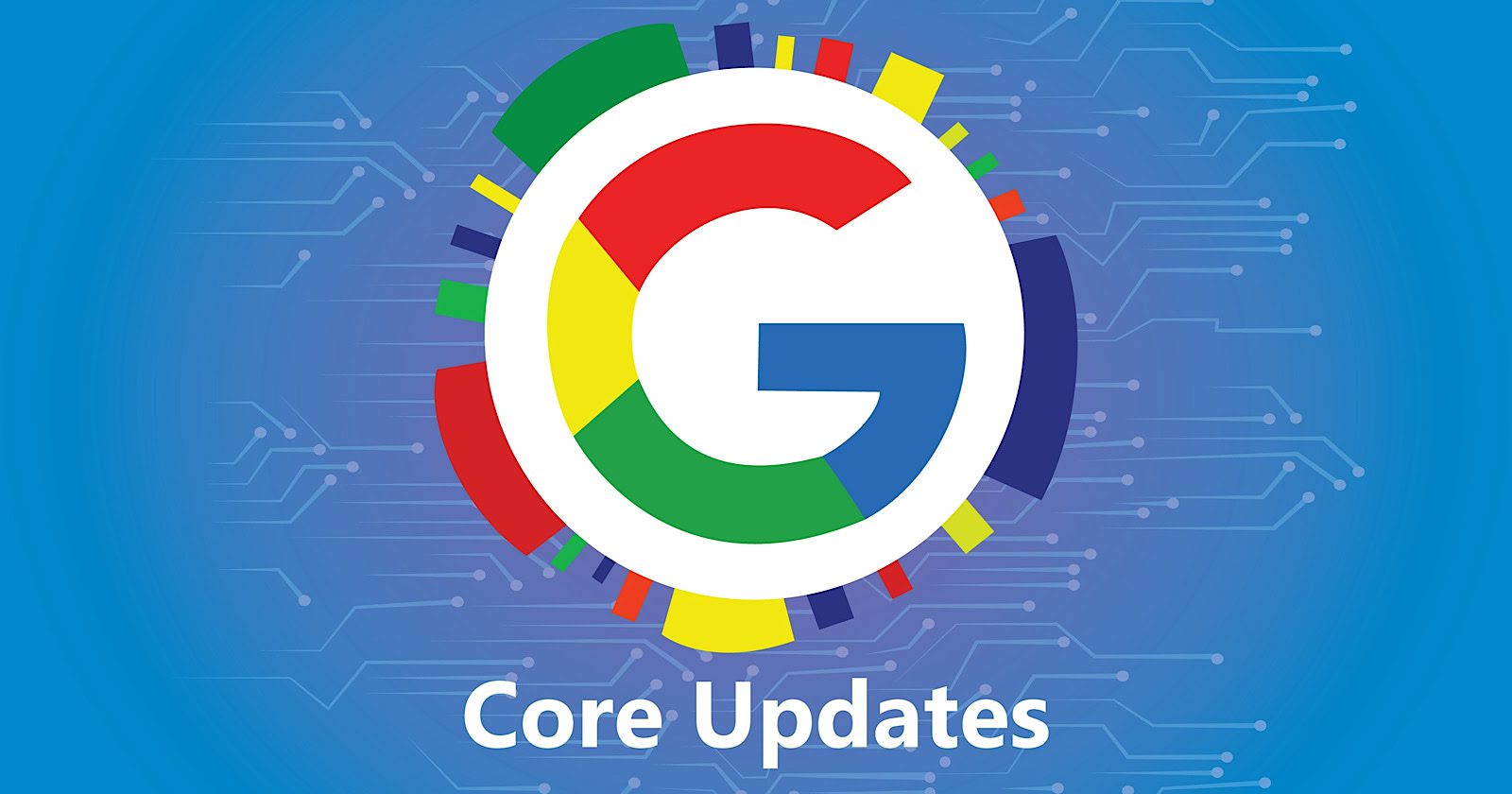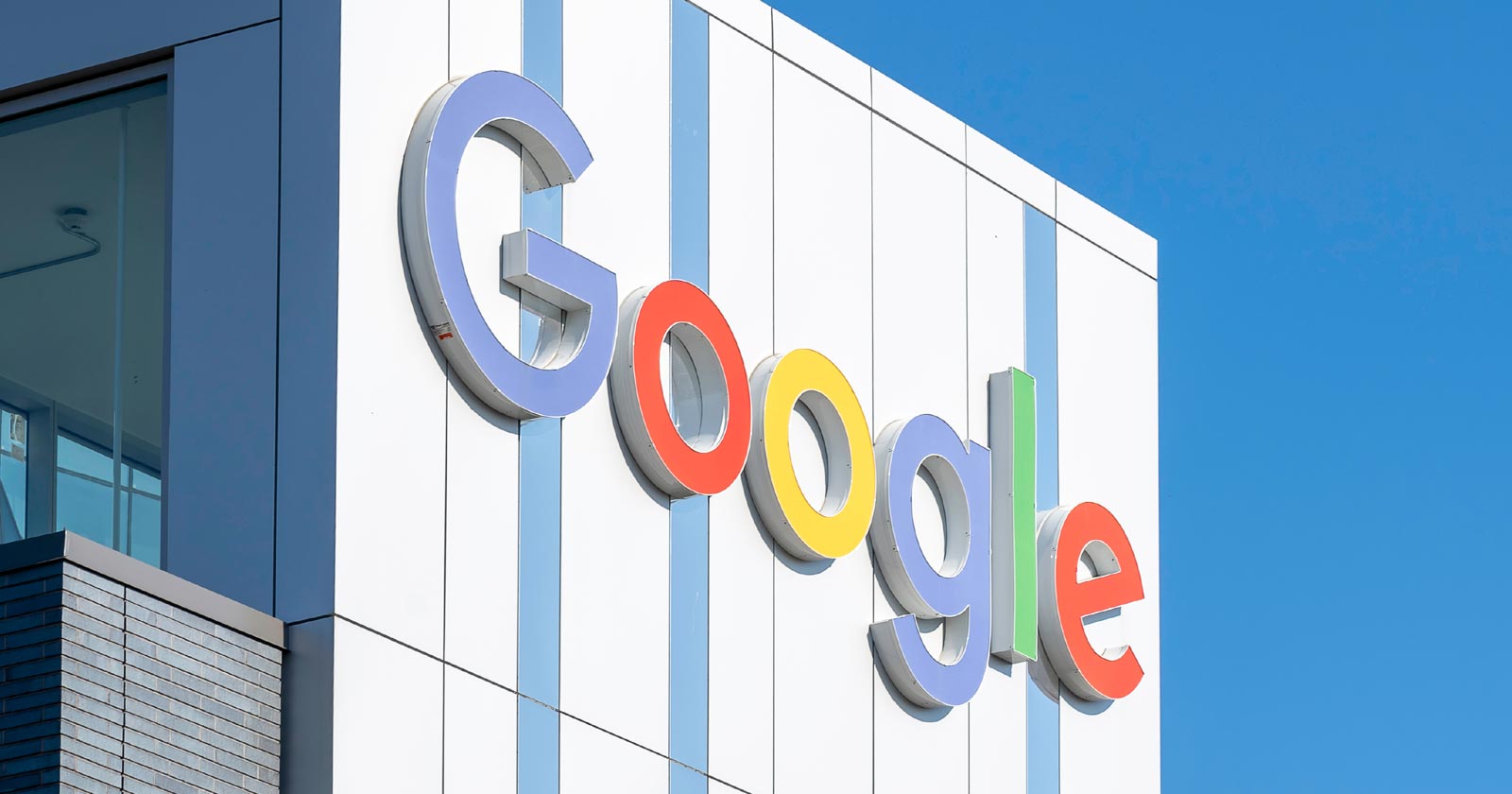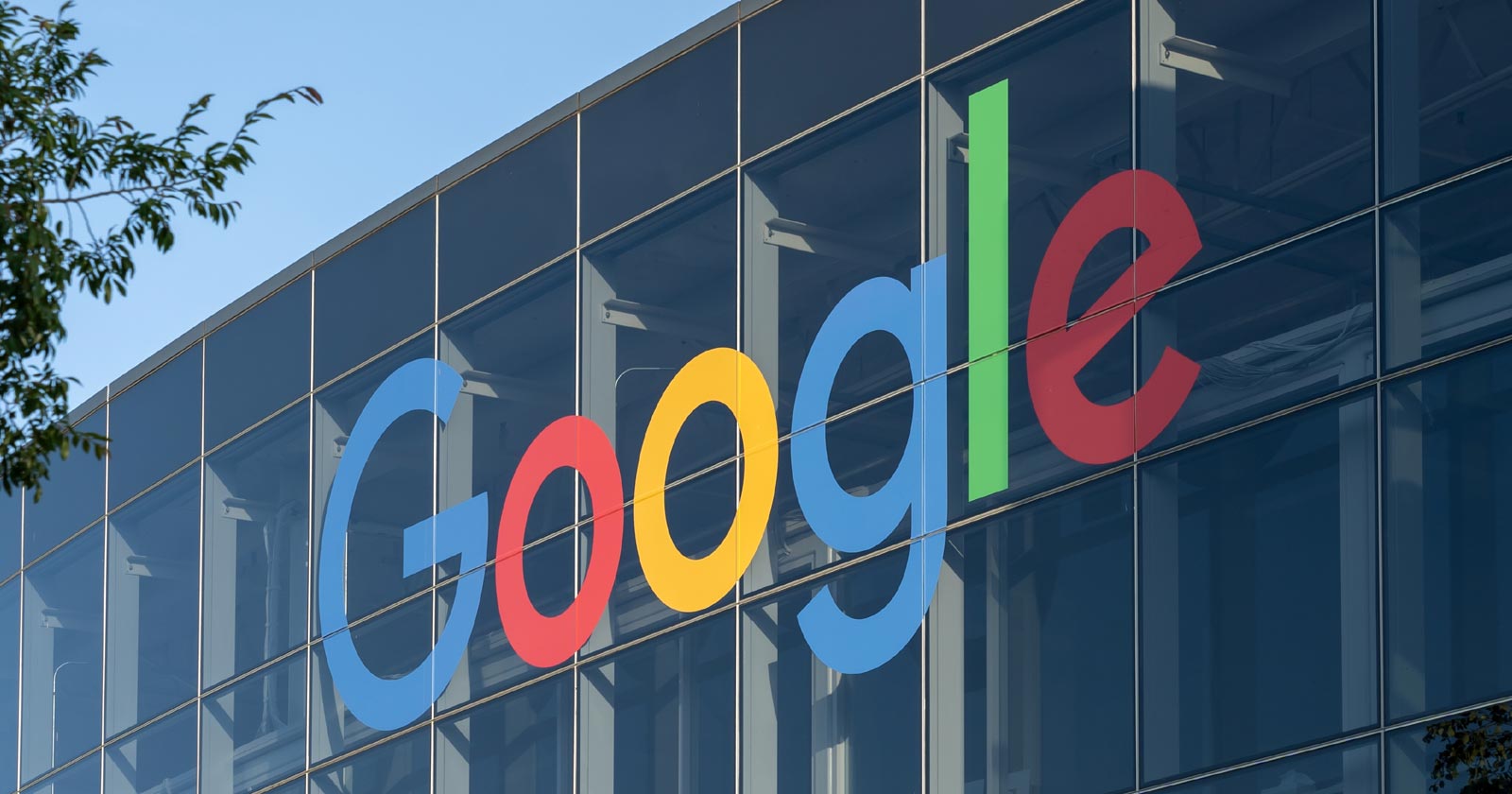WordPress on Your Desktop: Studio By WordPress & Other Free Tools via @sejournal, @martinibuster

WordPress announced the rollout of Studio by WordPress, a new local development tool that makes it easy for publishers to not just develop and update websites locally on their desktop or laptop but is also useful for learning how to use WordPress. Learn about Studio and other platforms that are make it easy to develop websites with WordPress right on your desktop.
Local Development Environments
Local Environments are like web hosting spaces on the desktop that can be used to set up a WordPress site. They’re a fantastic way to try out new WordPress themes and plugins to learn how they work without messing up a live website or publishing something to the web that might get accidentally indexed by Google. They are also useful for testing if an updated plugin causes a conflict with other plugins on a website, which is useful for testing updated plugins offline before committing to updating the plugins on a live website.
Studio joins a list of popular local development environments that are specific for WordPress and more advanced platforms that are that can be used for WordPress on the desktop but have greater flexibility and options but may be harder to use for non-developers.
Desktop WordPress Development Environments
There are currently a few local environments that are specific to WordPress. The advantages of using a dedicated WordPress environment is that they make it easy to start creating with WordPress for those who only need to work with WordPress sites and nothing more complicated than that.
Studio By WordPress.com
Studio is an open source project that allows developers and publishers to set up a WordPress site on their desktop in order to design, test or learn how to use WordPress.
According to the WordPress announcement:
“Say goodbye to manual tool configuration, slow site setup, and clunky local development workflows, and say hello to Studio by WordPress.com, our new, free, open source local WordPress development environment.
Once you have a local site running, you can access WP Admin, the Site Editor, global styles, and patterns, all with just one click—and without needing to remember and enter a username or password.”
The goal of Studio is to be a simple and fast way to create WordPress sites on the desktop. It’s currently available for use on a Mac and a Windows version is coming soon.
Download the Mac version here.
Other Popular WordPress Local Development Environments
DevKinsta
DevKinsta, developed by Kinsta managed web host, is another development environment that’s specifically dedicated for quickly designing and testing WordPress sites on the desktop. It’s a popular choice that many developers endorse.
That makes it a great tool for publishers, SEOs and developers who just want a tool to do one thing, create WordPress sites. This makes DevKinsta a solid consideration for anyone who is serious about developing WordPress sites or just wants to learn how to use WordPress, especially the latest Gutenberg Blocks environment.
Download DevKinsta for free here.
Local WP
Local WP is a popular desktop development environment specifically made for WordPress users by WP Engine, a managed WordPress hosting provider.
Useful Features of Local WP
Local WP has multiple features that make it useful beyond simply developing and testing WordPress websites.
- Image Optimizer
It features a free image optimizer add-on that optimizes images on your desktop which should be popular for those who are unable to optimize images on their own. - Upload Backups
Another handy feature is the ability to upload backups to Dropbox and Google Drive. - Link Checker
The tool has a built-in link checker that scans your local version of the website to identify broken links. This is a great way to check a site offline without using server resources and potentially slowing down your live site. - Import & Export Sites
This has the super-handy ability to import WordPress website files and export them so that you can work on your current WordPress site on your desktop, test out new plugins or themes and if you’re ready you can upload the files to your website.
Advanced Local Development Environments
There are other local development environments that are not specific for WordPress but are nonetheless useful for designing and testing WordPress sites on the desktop. These tools are more advanced and are popular with developers who appreciate the freedom and options available in these platforms.
DDEV with Docker
An open source app that makes it easy to use the Docker software containerization to quickly install a content management system and start working, without having to deal with the Docker learning curve.
Download DDEV With Docker here.
Laragon
Laragon is a free local development environment that was recommended to me by someone who is an advanced coder because they said that it’s easy to use and fairly intuitive. They were right. I’ve used it and have had good experiences with it. It’s not a WordPress-specific tool so that must be kept in mind.
Laragon describes itself as an easy to use alternative to XXAMPP and WAMP.
Mamp
Mamp is a local development platform that’s popular with advanced coders and is available for Mac and Windows.
David McCan (Facebook profile), a WordPress trainer who writes about advanced WordPress topics on WebTNG shared his experience with MAMP.
“MAMP is pretty easy to setup and it provides a full range of features. I currently have 51 local sites which are development versions of my production sites, that I use for testing plugins, and periodically use for new beta versions of WordPress core. It is easy to clone sites also. I haven’t noticed any system slowdown or lag.”
WAMP And XAMPP
WAMP is a Windows only development environment that’s popular with developers and WordPress theme and plugin publishers.
XAMPP is a PHP development platform that can be used on Linux, Mac, and Windows desktops.
So Many Local Development Platforms
Studio by WordPress.com is an exciting new local development platform and I’m looking forward to trying it out. But it’s not the only one so it may be useful to try out different solutions to see which one works best for you.
Read more about Studio by WordPress:
Meet Studio by WordPress.com—a fast, free way to develop locally with WordPress
Featured Image by Shutterstock/Wpadington










